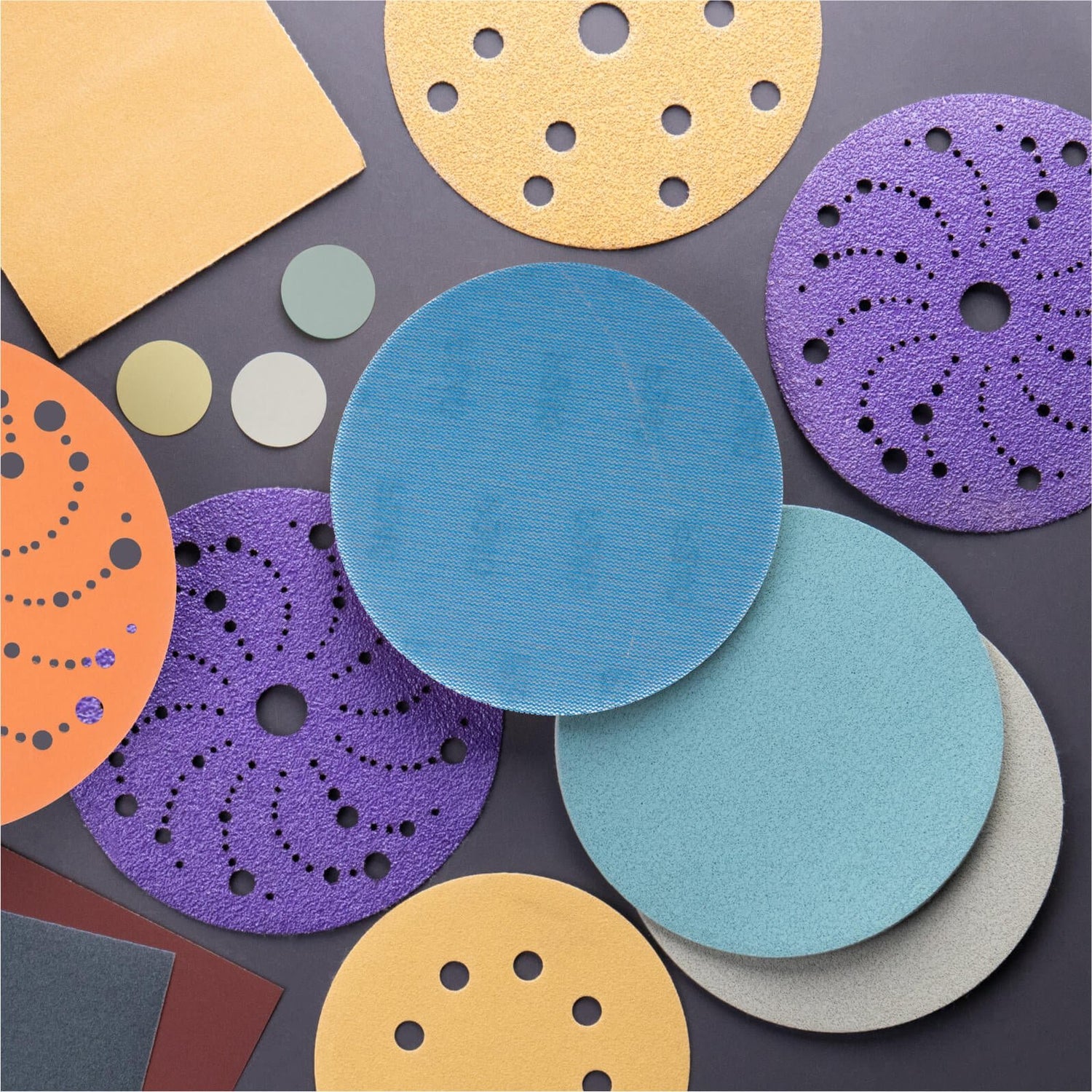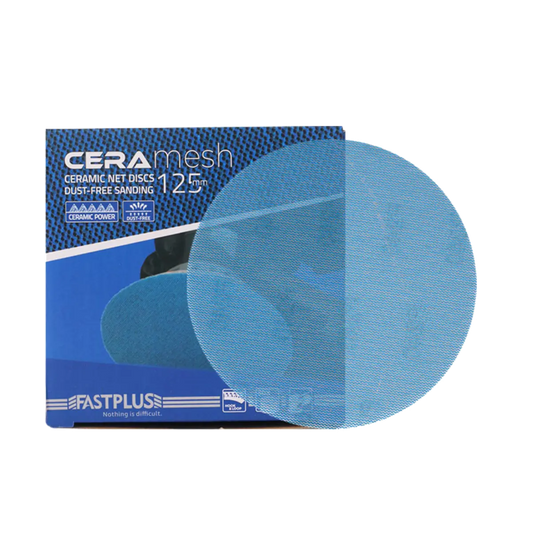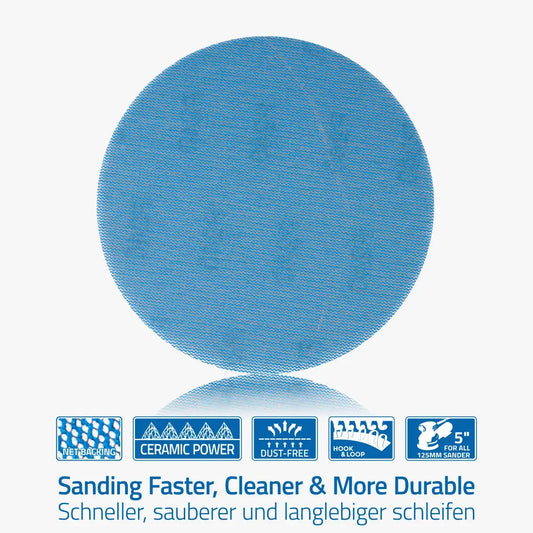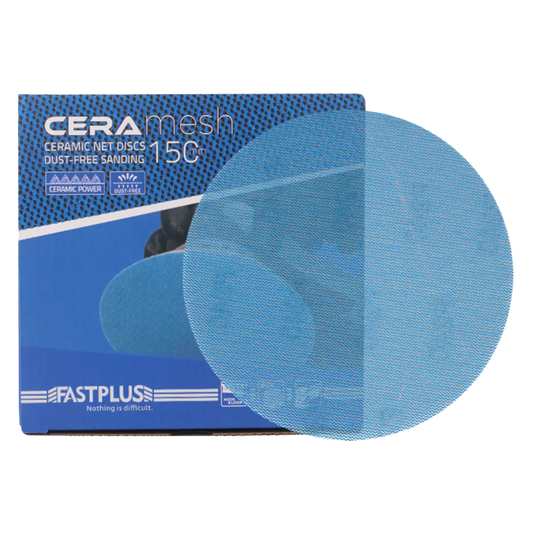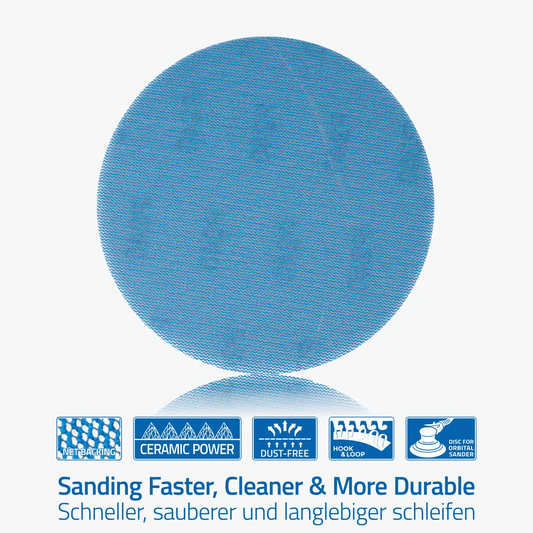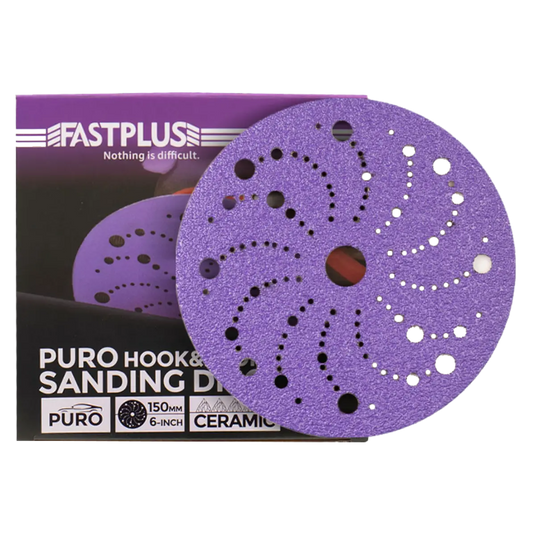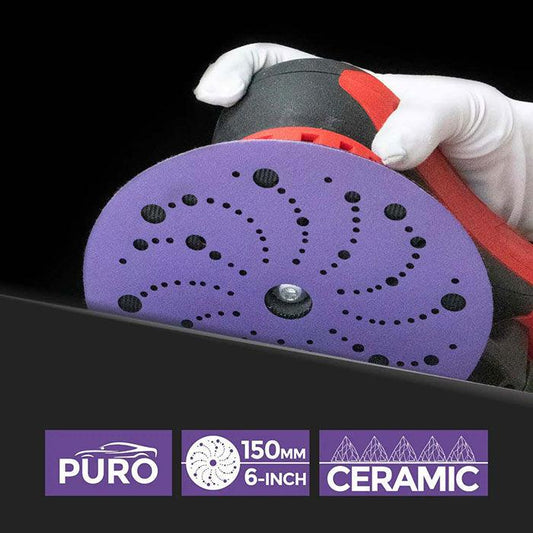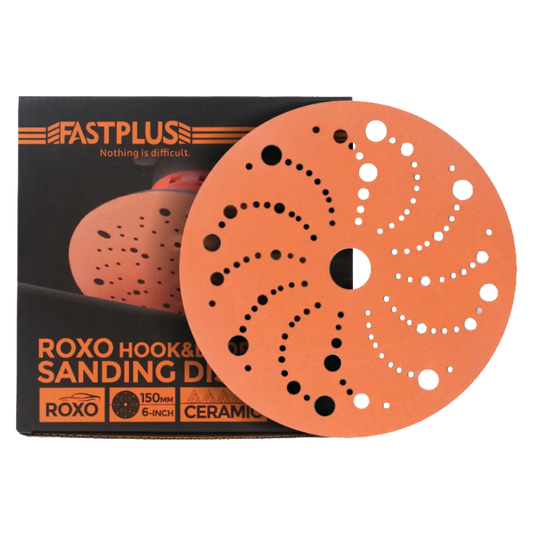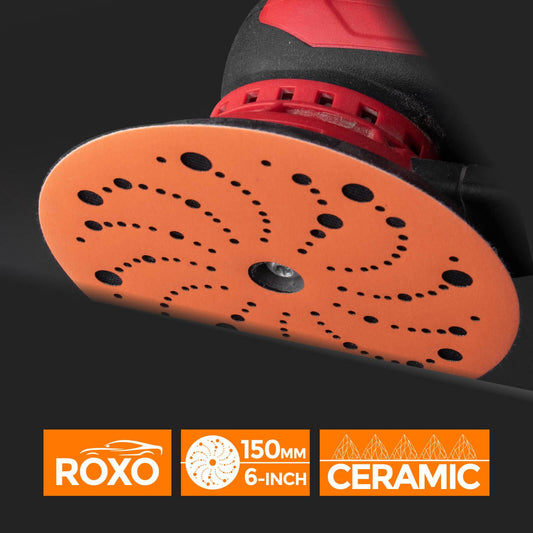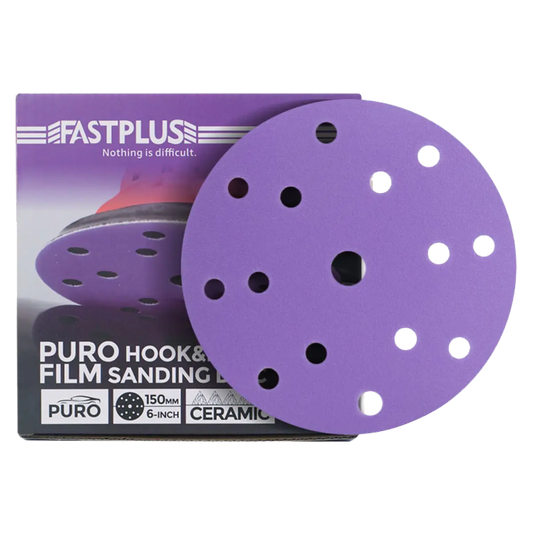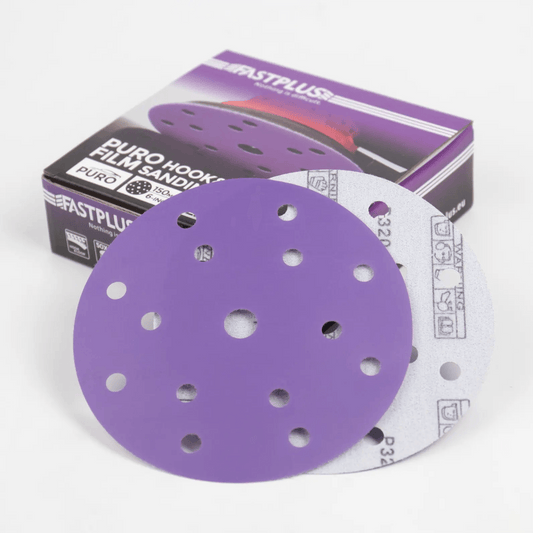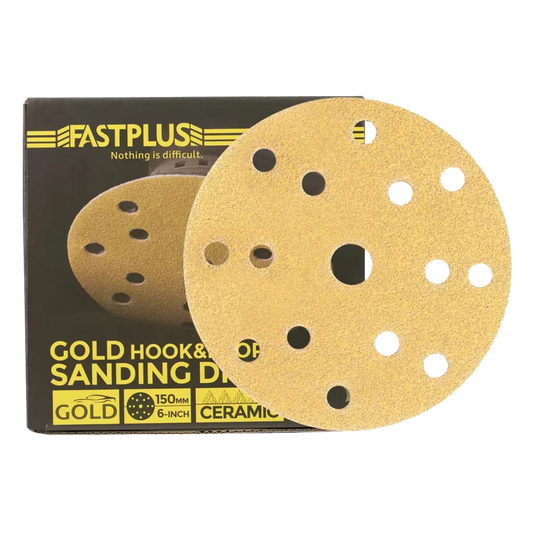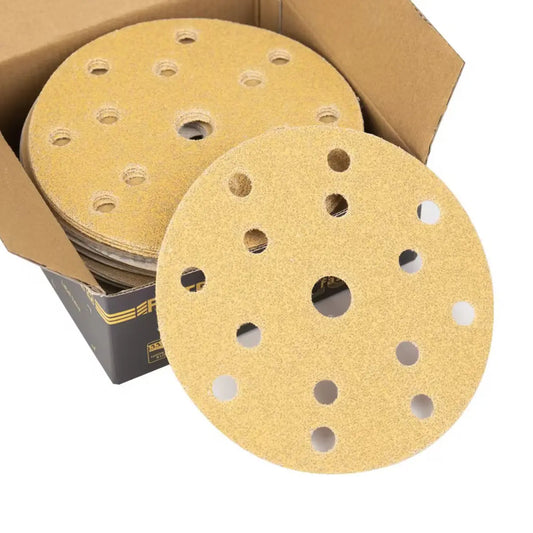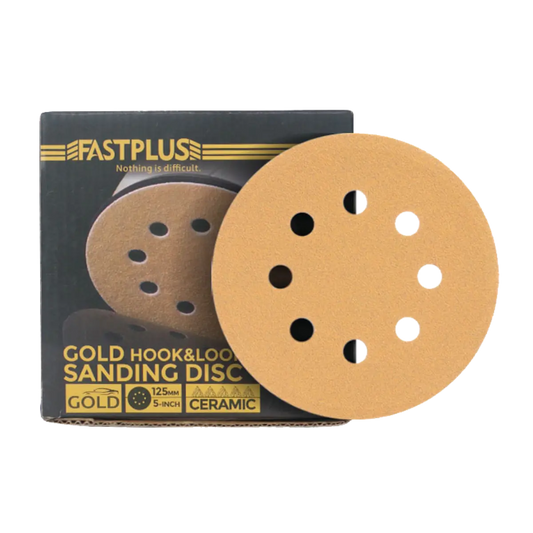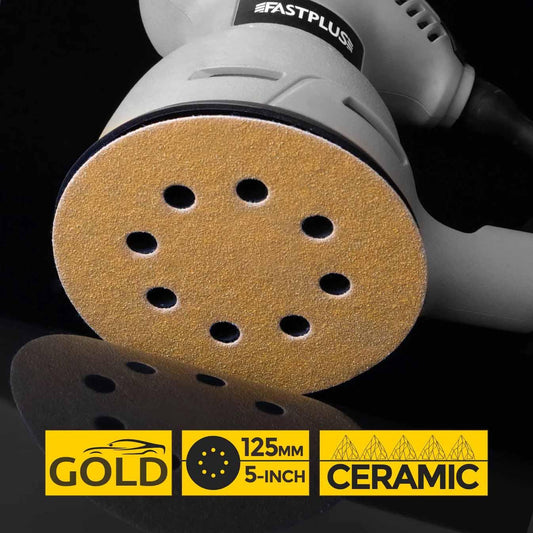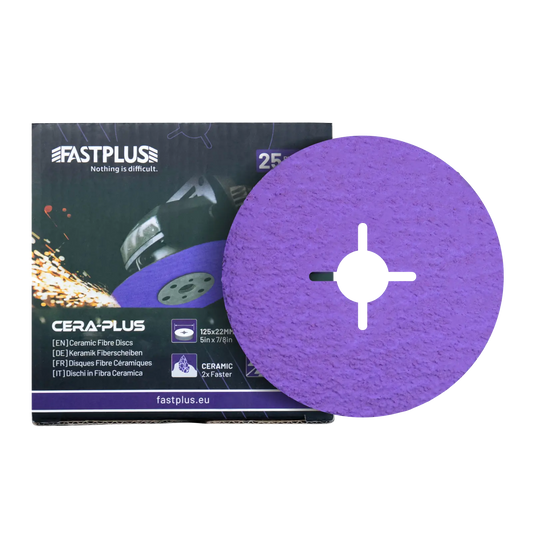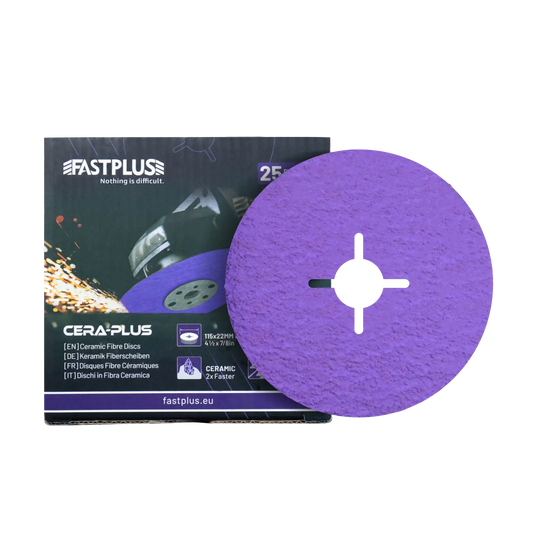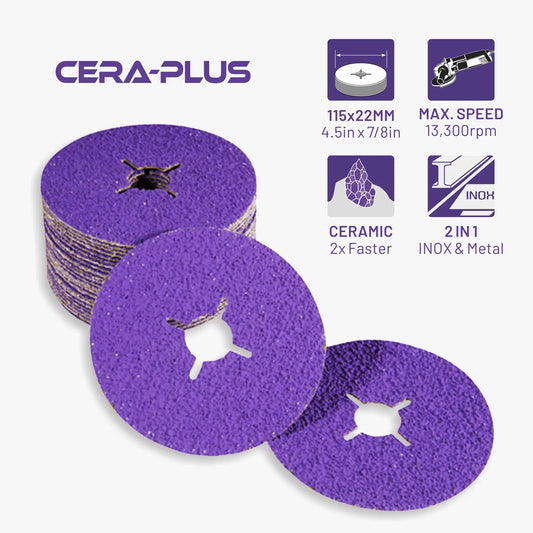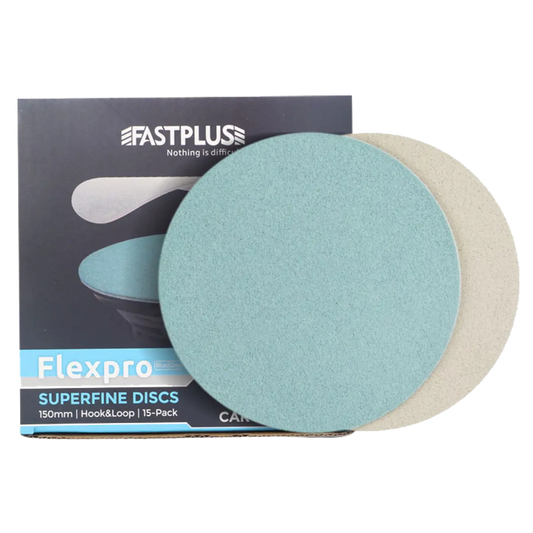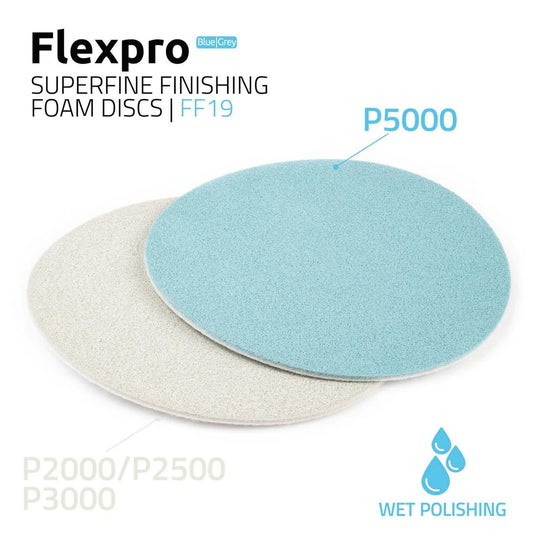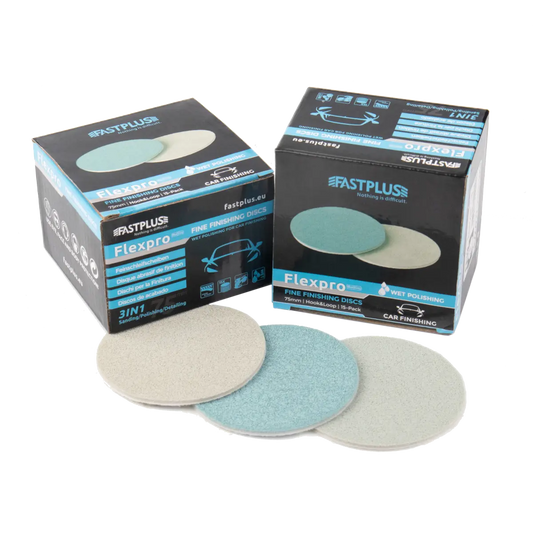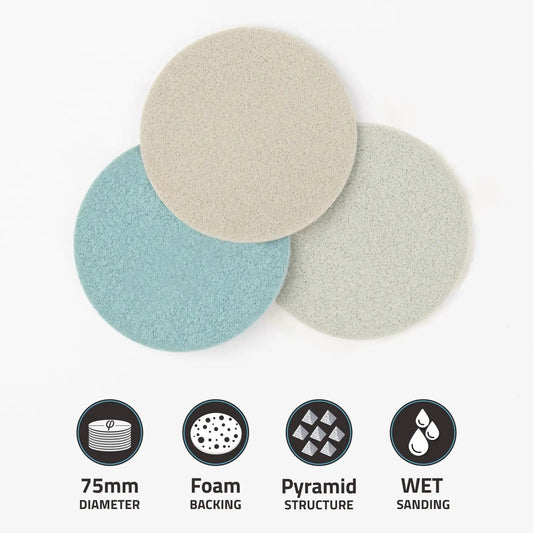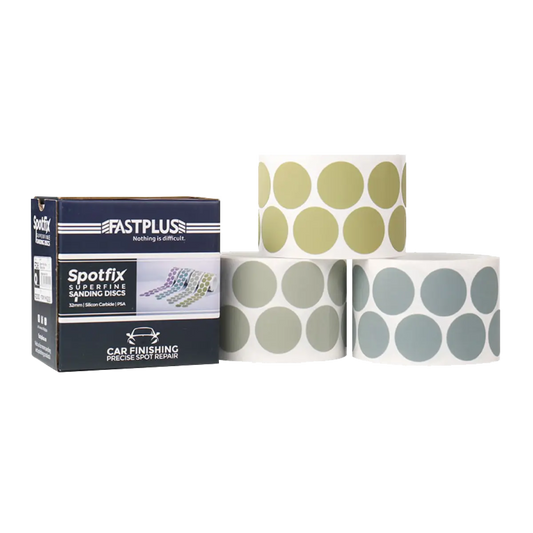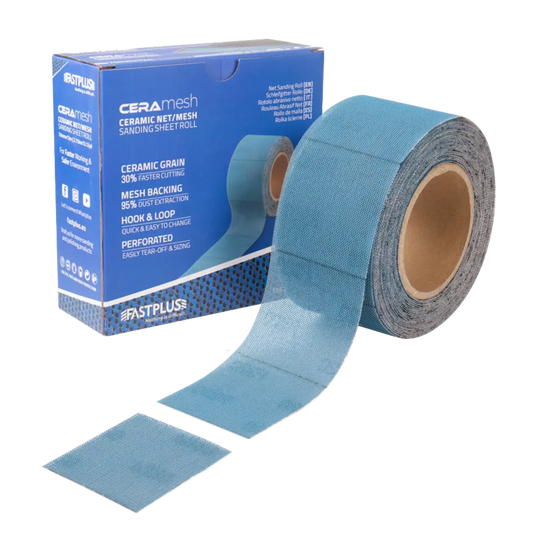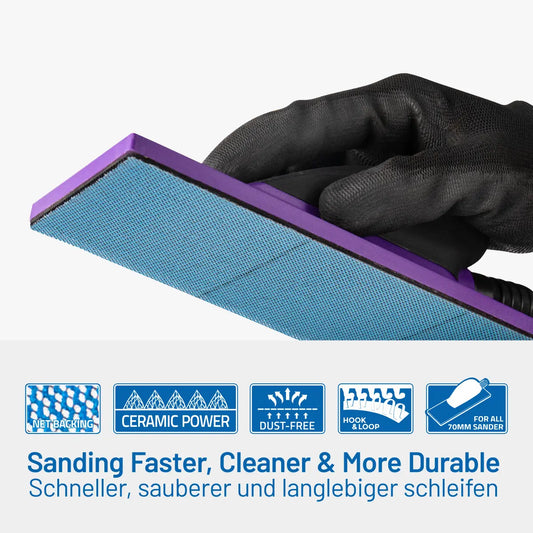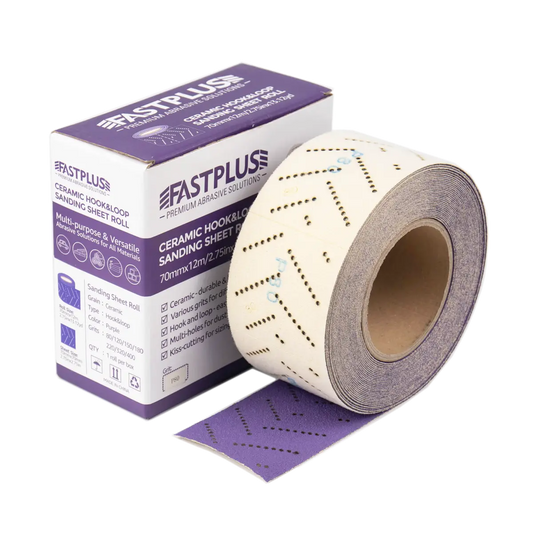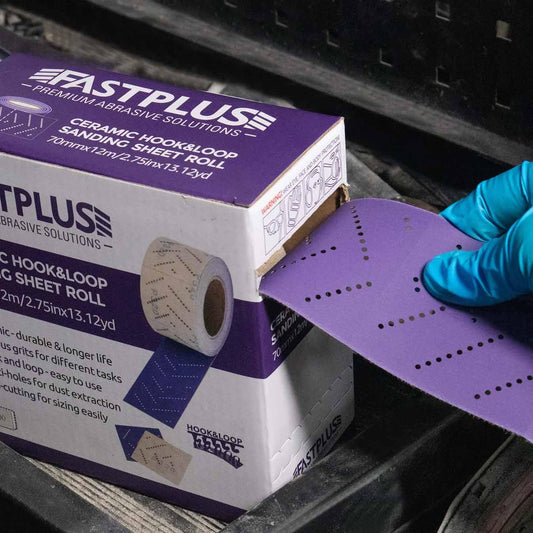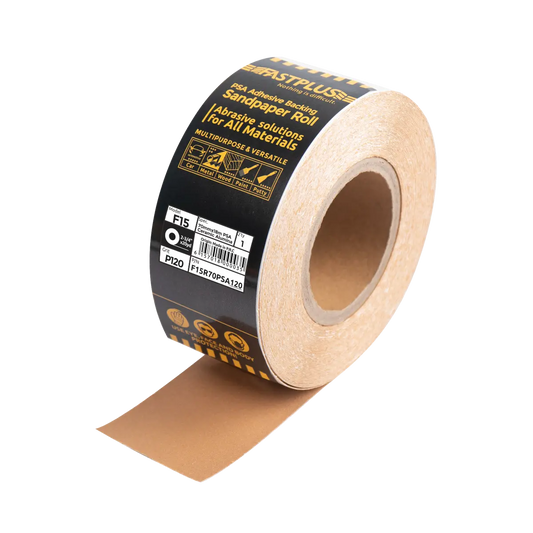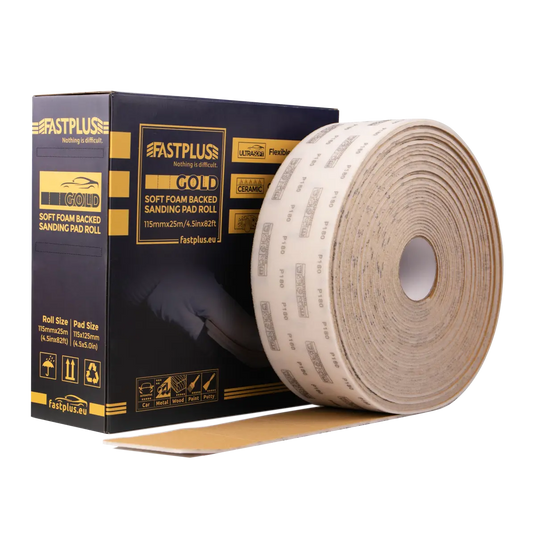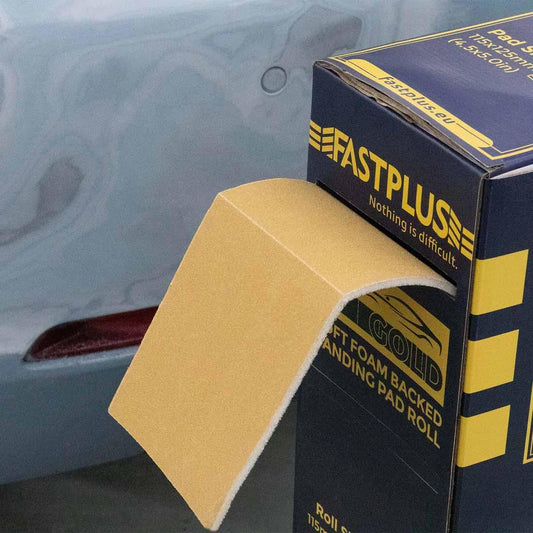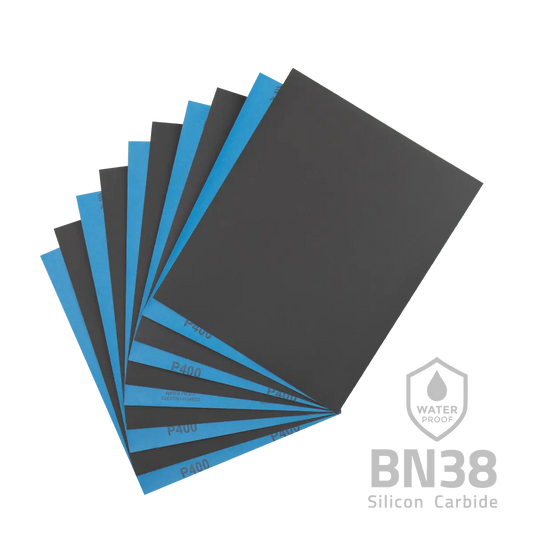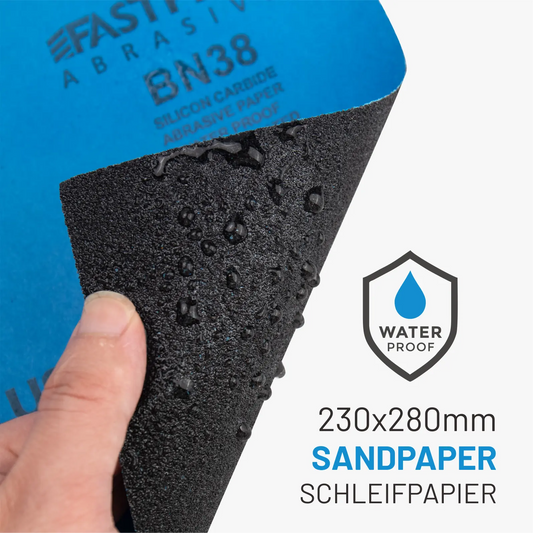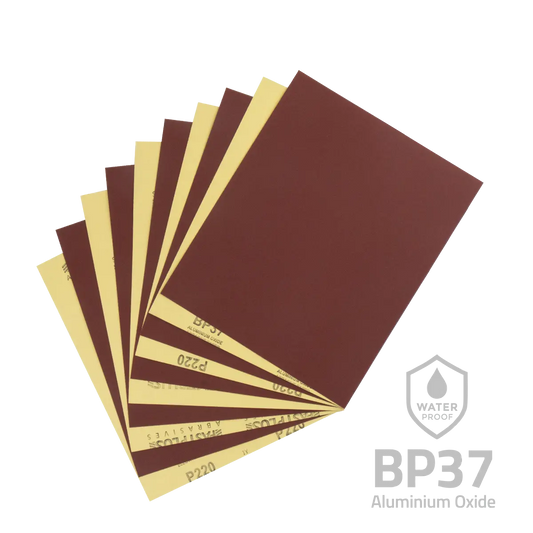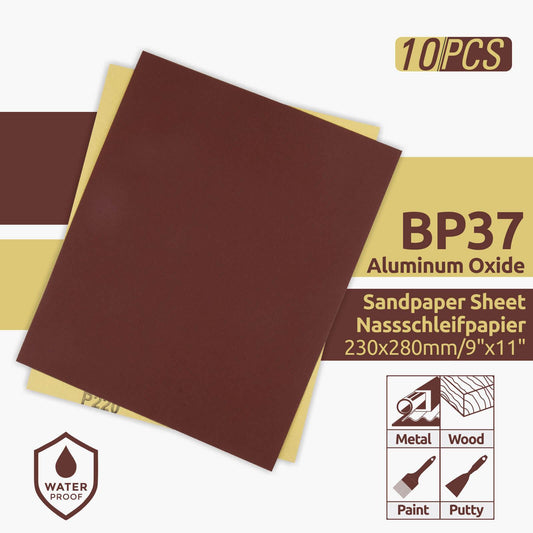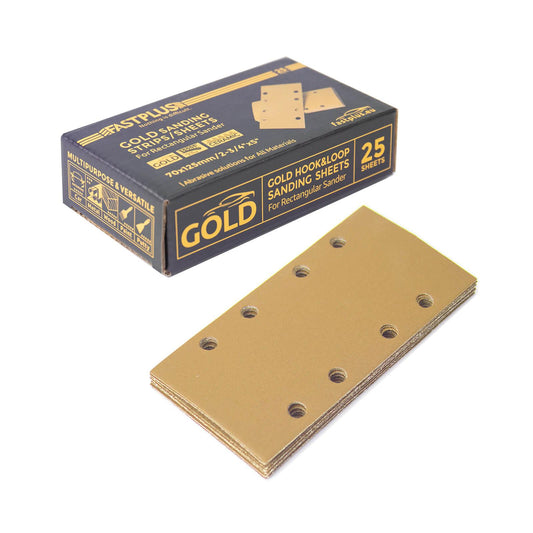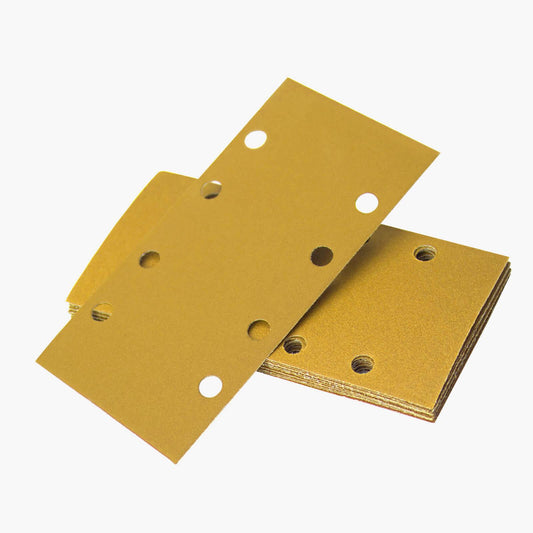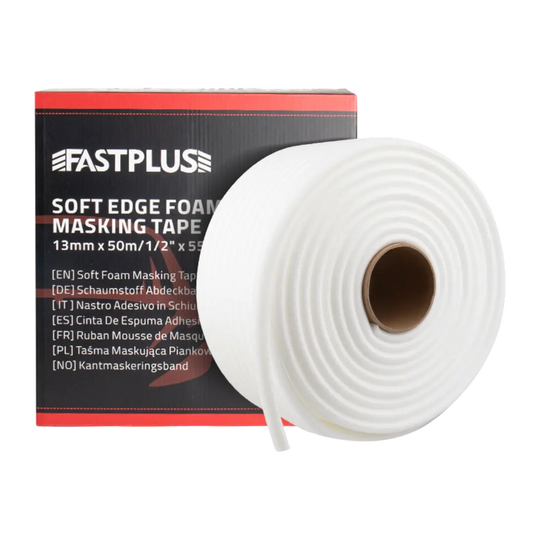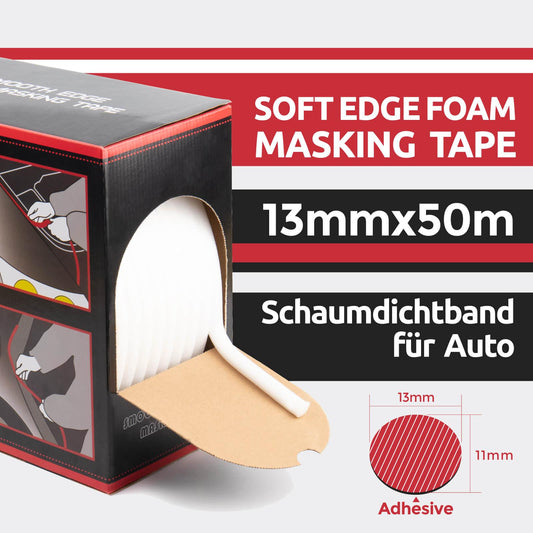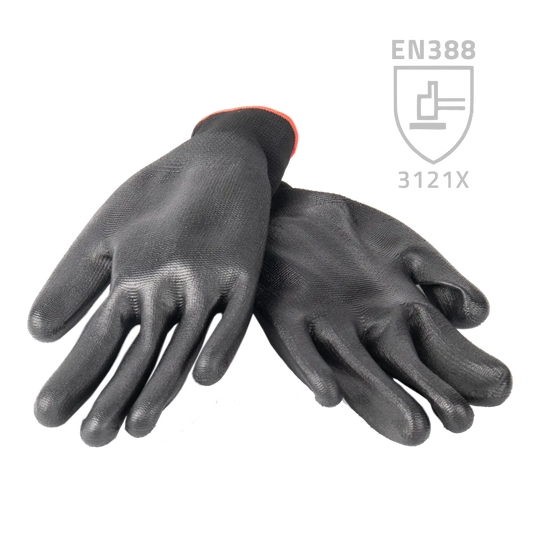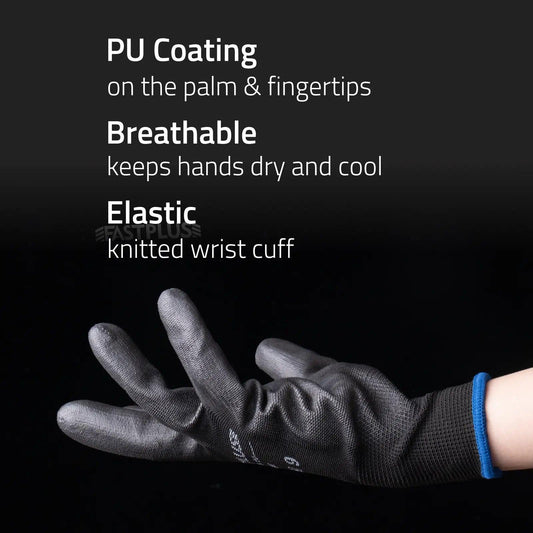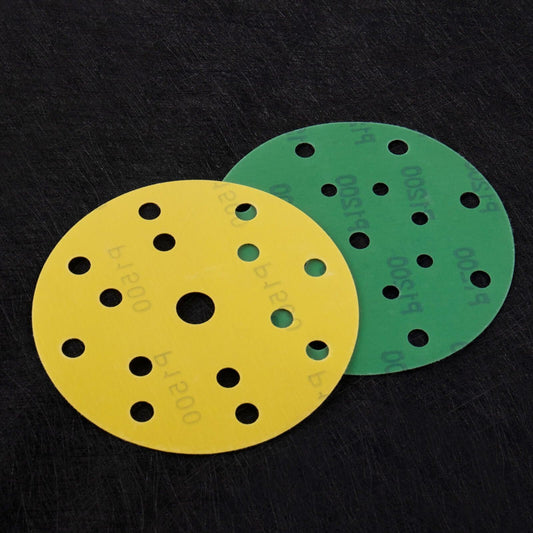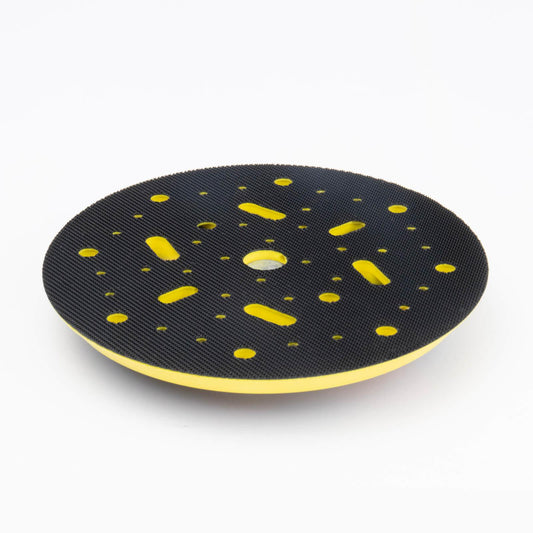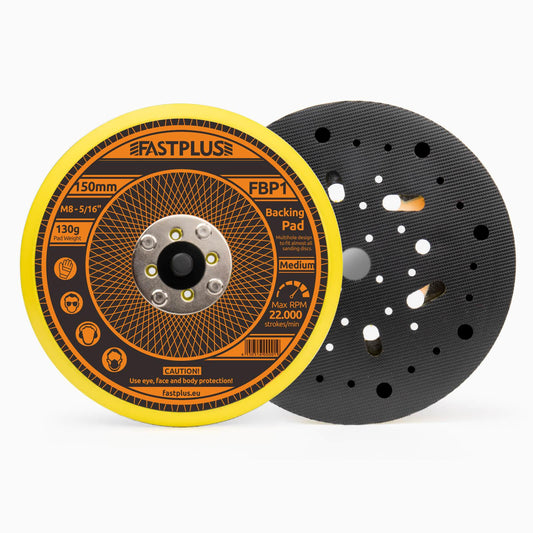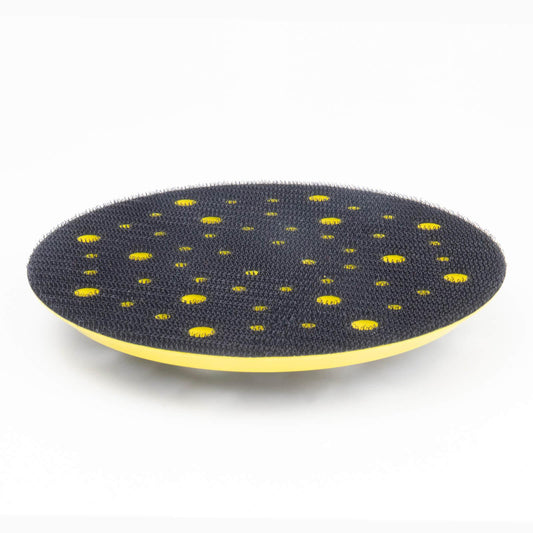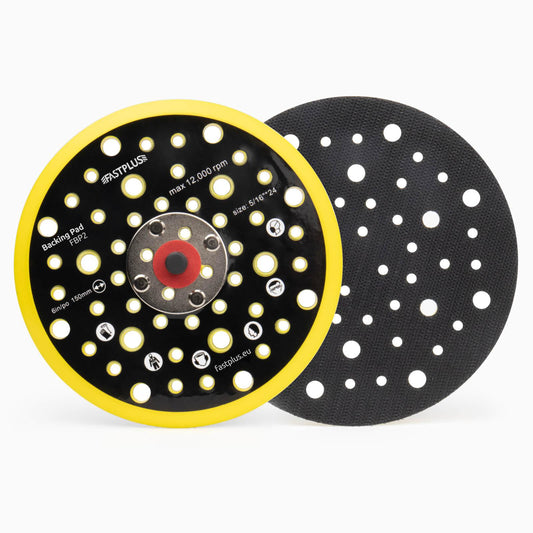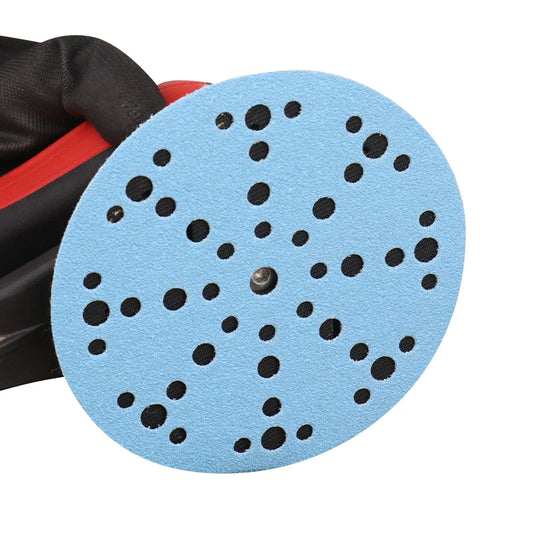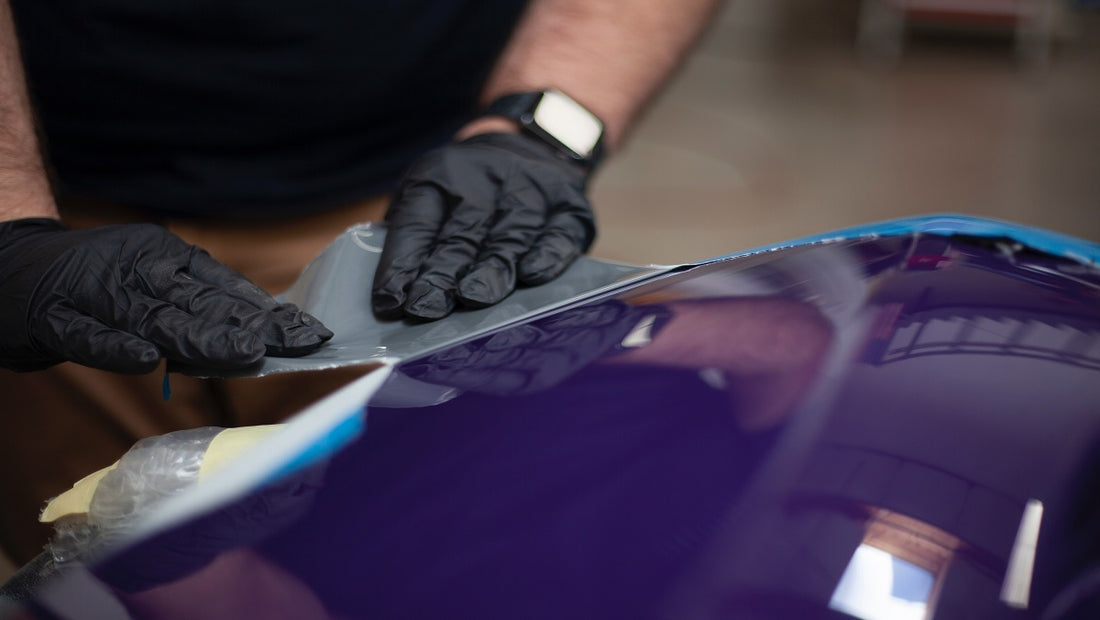
Choosing the Right Path: Full vs. Partial Car Paint Restoration
Embarking on the quest for the perfect automotive finish is a journey laden with choices, and one of the most pivotal decisions lies between full restoration and partial restoration. Whether you're seeking a comprehensive revival or a precision touch-up, the Fastplus Abrasives team will thoroughly analyze both options in this blog.
What is Full Restoration?
Full car paint restoration involves the elimination of all paint damage and flaws, ultimately returning it to a pristine, showroom-grade condition. This encompasses the removal of scratches, dings, dents, swirls, water spots, and any other imperfections. Typically conducted by skilled detailers or automotive repair shops, a full car paint restoration can be a labor-intensive and costly undertaking.
When is Full Restoration the Right Choice?
Full car paint restoration is the right choice for cars with severely damaged or aged paint, or for owners who are aiming for a showroom-quality finish.
- Severe paint damage or aging: For severely damaged or aged paint that can't be fixed with a standard car wash or wax, a full car paint restoration is essential. This is especially true for deep damage that has penetrated the clear coat.
- Showroom-quality finish: To attain a showroom-quality finish for your car, full paint restoration is the ideal choice. It eliminates all imperfections and brings out the best in your vehicle's appearance.
Full Car Paint Restoration Process
Surface Preparation
Successful paint restoration hinges on thorough surface preparation, where sandpaper is key. Start with coarser grits (400 grit) to remove old paint and imperfections, creating a clean canvas.
As you progress, finer grits (e.g., 800 to 1000) are employed for smoother, paint-friendly surfaces.
Priming and Filling
Once prepped, apply primer, bridging the surface to the paint. It also fills imperfections, followed by skilled body filler application and finer sanding (600 grit) for a flawless finish.
Intermediate Sanding
After primer and filler, perform intermediate sanding to refine the surface.
Use finer sandpaper to create a seamless, blemish-free finish, blending repairs seamlessly.
Final Sanding Before Painting
Just before applying the final coat of paint, another round of sanding is conducted.
This time, an even finer grit sandpaper (e.g., 800 to 1000 grit) is used to create a surface that is exceptionally smooth and free from any imperfections.
Clearcoat Application
With the surface ready, apply the clearcoat—protective and enhancing.
Multiple layers may be used, with precise curing between each.
Buffing and Polishing
The final step in the restoration process is buffing and polishing.
Here, specialized compounds, polishing pads, and, in some cases, very fine grit sandpaper (1500 grit or higher) are employed to remove any remaining minor imperfections and to achieve a high-gloss finish.
What is Partial Restoration?
Partial restoration, in the context of car maintenance and refurbishment, refers to the process of rejuvenating and improving specific areas or components of a vehicle rather than performing a complete or comprehensive overhaul. This approach allows car owners to target and address specific issues or imperfections in a cost-effective and focused manner.
When is Partial Restoration the Right Choice?
Partial car paint restoration is a practical choice in the following situations:
- Minor issues: If your car's paint problems are limited to scratches, chips, or slight fading in specific areas, opt for partial restoration for efficient and cost-effective solutions.
- Budget-friendly choice: When budget constraints are a factor, partial restoration proves more economical than a full overhaul, making it an appealing choice to enhance your vehicle's appearance without breaking the bank.
Partial Car Paint Restoration Process
Clean the area around the damage
This will remove any dirt or debris that could interfere with the sanding process.
Assessment and Identification
Identify the specific areas of the car's paint that require attention. This may include scratches, chips, fading, or other localized imperfections.
Surface Preparation
Sanding is a critical part of the process. Sandpaper with a grit range of 800 to 2000 is used to smooth the surface of the affected areas.
Coarser grits (such as 800) are used to remove old paint, rough spots, or deep imperfections.
Then skip to 1000 grit to remove any scratches left by the 800 grit sandpaper.
Sand the area a third time with 1500 grit foam discs to create a very fine finish that is ready for painting.
As the process advances, finer grits (such as 2000-grit Flexpro Fine Finishing Foam Discs) are employed to create a smoother and more polished surface.
Repairs and Touch-Ups
After sanding, any chips, scratches, or defects in the paint are carefully repaired and touched up. The aim is to create a smooth and even surface for repainting.
Blending
To ensure a seamless transition between the newly treated areas and the existing paint, blending techniques are applied. This ensures that the repaired sections are indistinguishable from the rest of the car's surface.
Repainting or Clear coating
Depending on the severity of the issues and the desired finish, you may either repaint the affected areas or apply a clear coat to protect and enhance the paintwork.
Additional steps:
- Maintain a 5cm gap between the old and fresh paint layers, facilitating a seamless blend.
- Prior to spraying, ensure the interval is polished to achieve a smooth and imperceptible transition from old to new paint.
Conclusion
In closing, whether you embrace the comprehensive approach or target specific areas, may your car's paint gleam with renewed vibrancy and an enduring sense of pride. Please don’t hesitate to contact Fastplus Abrasives if you have any questions about car paint repair, and we’re always here to assist you.
Buy Factory-Direct Fastplus Abrasives
Want to purchase high-quality, factory-direct sanding discs, sanding sheet rolls, and film abrasive discs for automotive applications? Try Fastplus Abrasives today and place your orders online!
